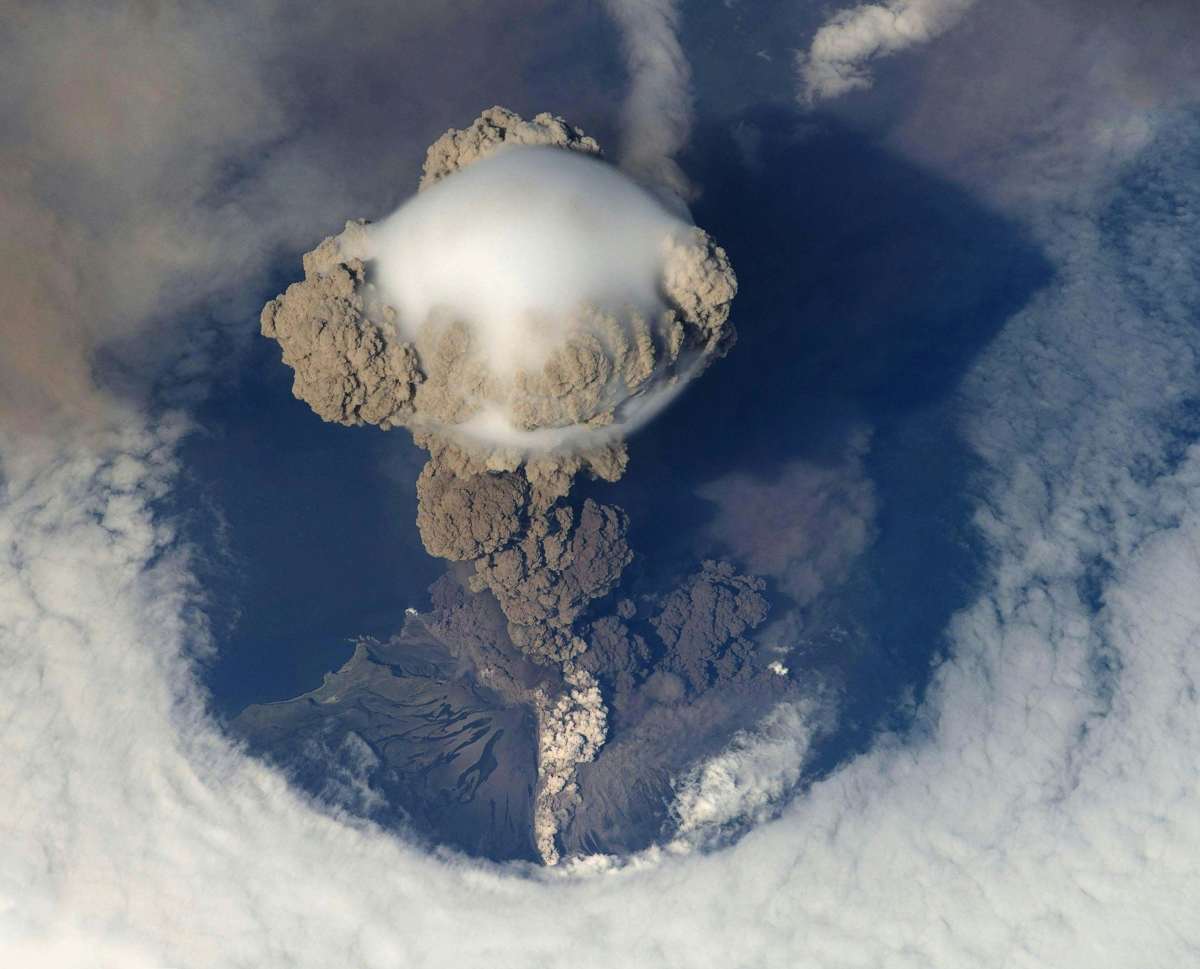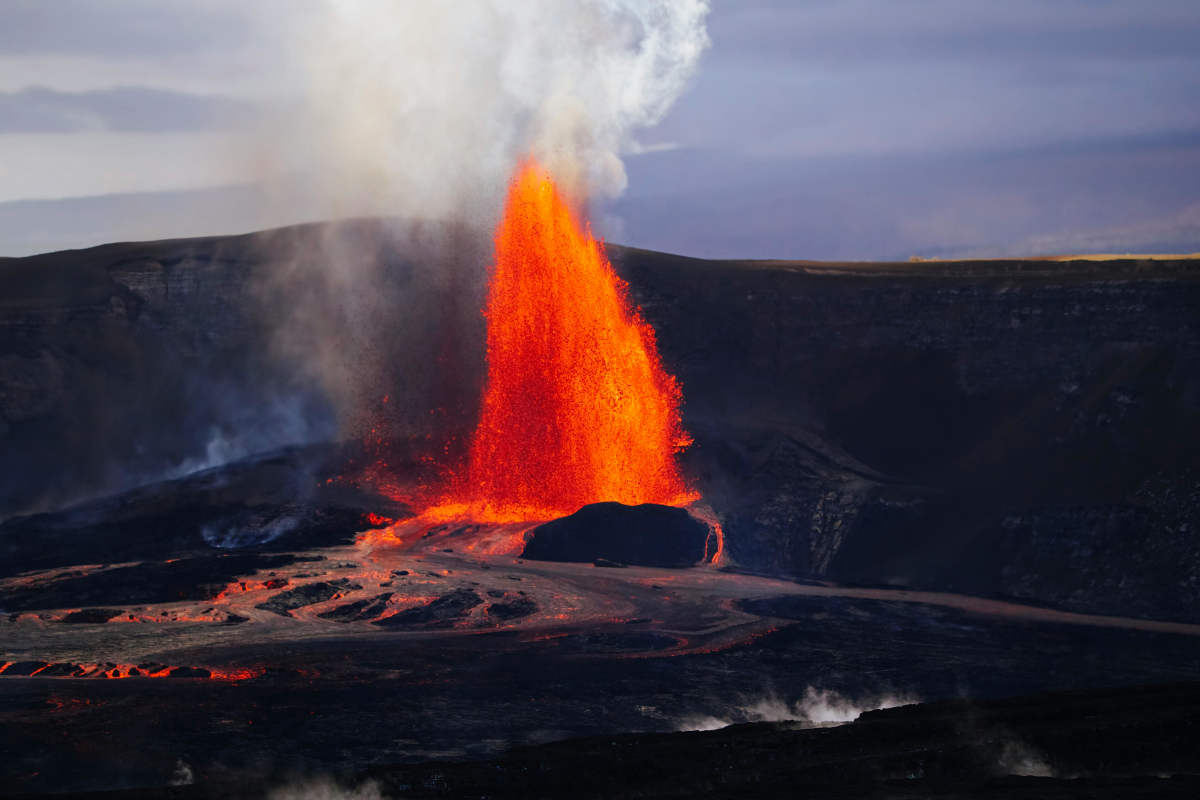How did humans survive Toba supereruption 74,000 years ago? Volcanic glass may have the answer

Humans have survived a lot to thrive on the planet, but exactly how remains a mystery for many events. One of these events was the Toba supereruption, which happened around 74,000 years ago, according to The Conversation. Past investigations reveal that the supereruption was possibly the largest catastrophic event to occur on Earth in the past 2.5 million years. The phenomenon unfolded in Indonesia, but possibly affected beings worldwide, according to the readings by experts. Jayde N. Hirniak, a Ph.D. candidate in Anthropology, explained how humans supposedly survived this disaster by analyzing a material called cryptotephra, associated with this event.

Impact of Toba Supereruption
Experts claim that the Toba supereruption resulted in the ejection of 672 cubic miles (2,800 kilometers³) of volcanic ash into the stratosphere. The ejection led to the formation of a massive crater that was equal to 1,000 football fields in length (62 x 18 miles). Such an eruption must have caused enduring black skies, preventing sunlight from reaching the Earth for a long duration, which may have triggered years of global cooling. The eruption also led to acid rain near the supereruption site, contaminating water supplies and leading to thick layers of ash, burying several animals along with vegetation.

Use of Cryptotephra in Investigation
For a long time, researchers questioned whether such a large-scale devastation had happened, and if so, how humans survived it. To solve this mystery, experts analyzed cryptotephra, fine dust that forms during volcanic eruptions and can travel large distances. The most noteworthy quality of this material is that it can be preserved for tens of thousands of years. Archaeologists want to understand the impact and the reach of this eruption by examining volcanic glass. The insights could then aid experts in detecting areas where humans could evade the disaster, and how they eventually moved on from it.
The volcanic glass shards ejected by the Toba supereruption were found in several archaeological layers of Pinnacle Point in South Africa and Shinfa-Metema in Ethiopia by experts. Extracting these shards from the layers was not an easy feat, as they are not visible to the naked eye and are intertwined with soil samples. Dating these shards has revealed that humans lived in Pinnacle Point and Shinfa-Metema before, during, and after the supereruption.
How did Humans Survive?
The insights suggest that humans adapted to their new surroundings after the supereruption. Human activity supposedly increased after the eruption in Pinnacle Point. The team detected some technological advancements, like more developed stone tools in the region, indicating that prehistoric humans came up with multiple ways to sustain themselves in the face of harsh conditions, like global cooling and environmental changes. The same story could be traced in Ethiopia, where humans appear to have adopted practices, like fishing in shallow waterholes and using seasonal rivers for finding food, to adapt to changing conditions.
In Ethiopia, too, developed technologies like the bow and arrow were detected. The findings showcase how humans adjusted to the havoc and went on to thrive on the planet. These findings challenge the past assertion that the superuption caused a genetic bottleneck phenomenon, which implied that the human population was reduced from millions to fewer than 10,000 individuals due to a loss of genetic diversity. This small group supposedly used their intellect to carry the torch ahead for their species. The new findings reveal that humans thrived after the event, hence questioning if the supereruption was actually that much of a trigger for the genetic bottleneck.